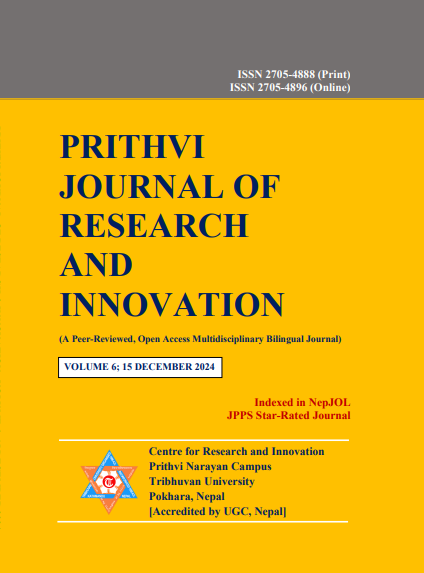From Tourism Capital to Smart City: A Strategic Framework for Sustainable Tourism in Pokhara
DOI:
https://doi.org/10.3126/pjri.v6i1.72856Keywords:
Smart city, sustainable tourism, tourist perceptions, community engagementAbstract
This study investigates the tourism landscape of Pokhara Metropolitan City, a key destination in Nepal, to explore its transition into a smart city through sustainable tourism practices. Specifically, it aims to analyze tourist perceptions, assess the quality of infrastructure, and identify development opportunities in less frequented areas. The objectives of this study are to assess tourist perceptions, analyze the quality of tourism-related infrastructure, and identify development opportunities in less explored areas like Damside, Begnastal, and Pumdikot. By integrating technology and sustainability, this study seeks to present a strategic framework to enhance Pokhara’s tourism potential. The methodology employs a mixed-methods approach, utilizing an exploratory sequential design that begins with qualitative insights gathered through interviews with key stakeholders, followed by quantitative surveys administered to tourists and residents. Findings reveal Lakeside as the most popular area, while places like Begnastal, Damside, and Pumdikot have untapped potential. The study emphasizes sustainable infrastructure and technology integration to enhance public transportation, electronic payment systems, and overall tourist satisfaction. Statistical analysis confirms the significant relationships between tourists’ perceptions of service quality and accommodation facilities, highlighting the need for improved lodging options and pedestrian-friendly streets to elevate Pokhara's appeal.
Downloads
Downloads
Published
How to Cite
Issue
Section
License

This work is licensed under a Creative Commons Attribution-NonCommercial 4.0 International License.
© Centre for Research and Innovation (CRI), Prithvi Narayan Campus (TU)

